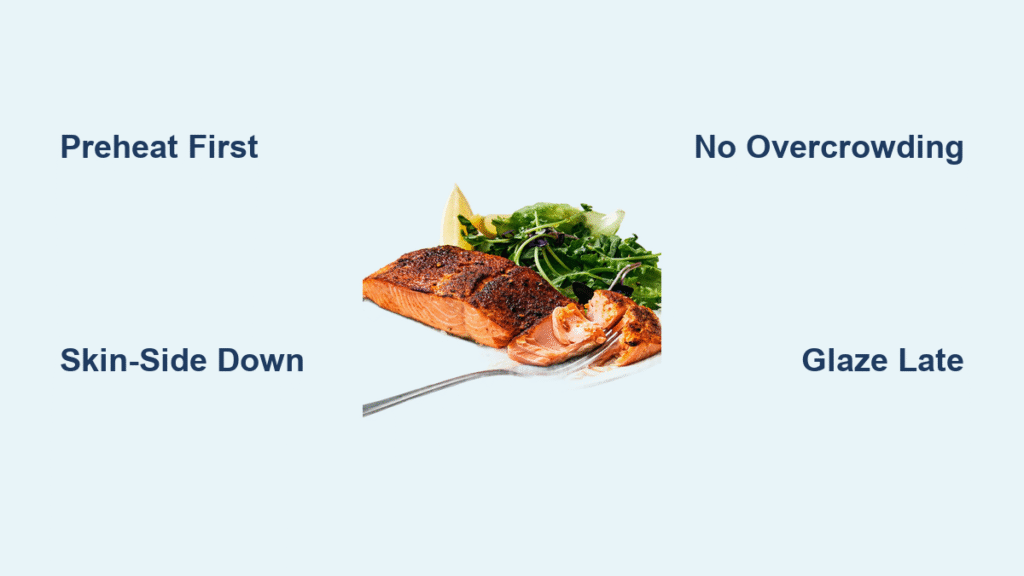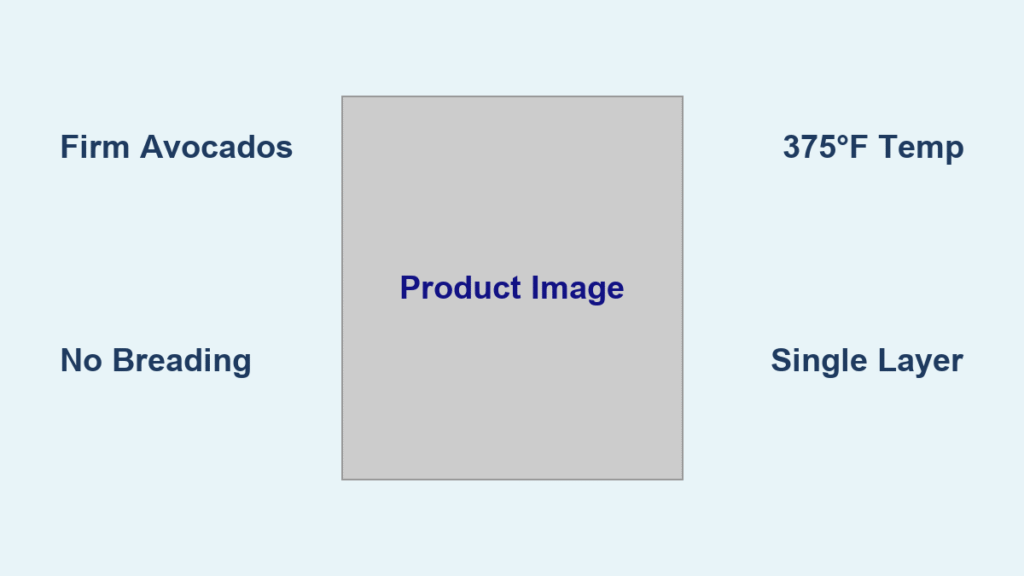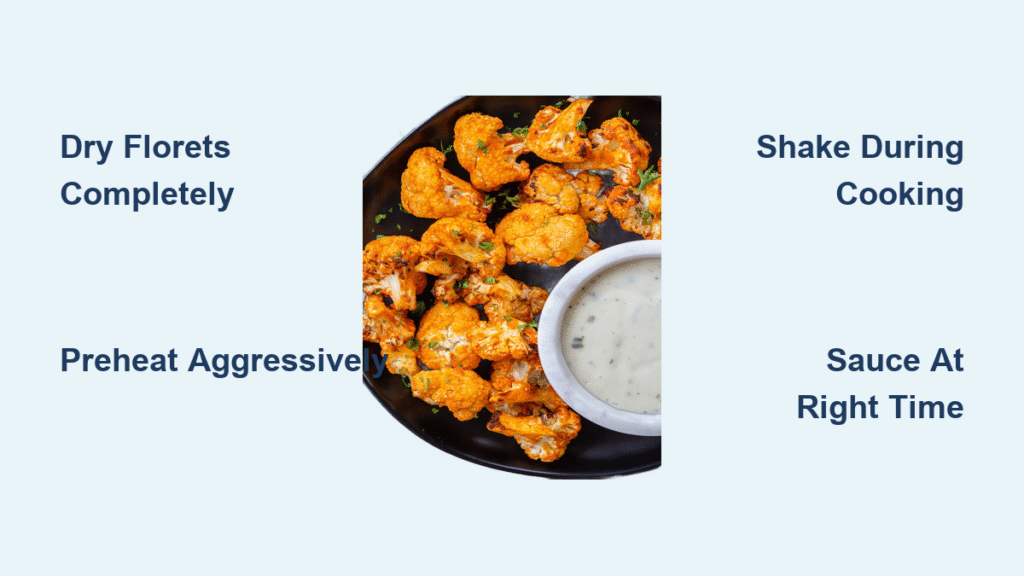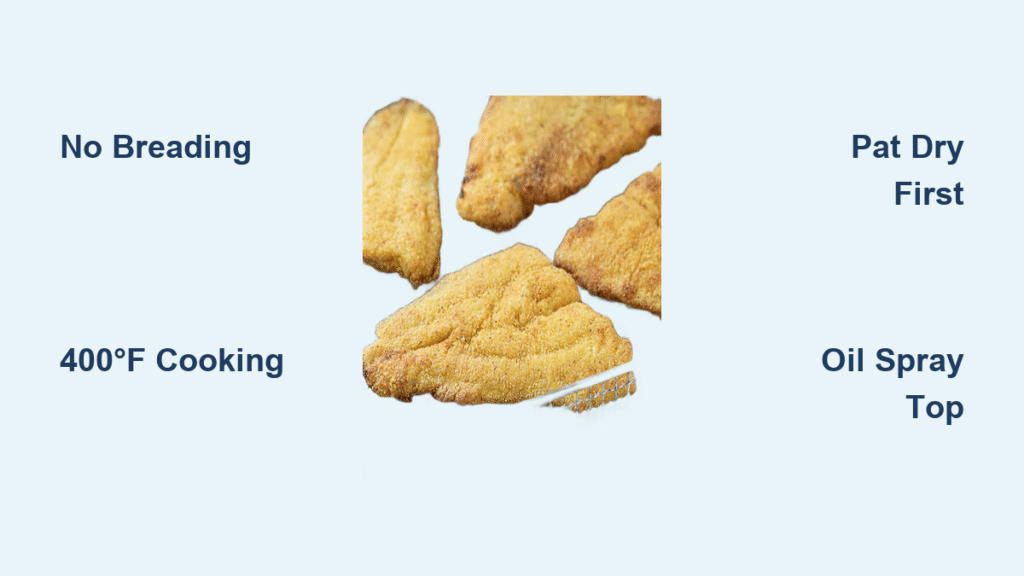Tired of dry, overcooked salmon that costs more than your takeout pizza? Your air fryer holds the secret to restaurant-quality fillets with crackling skin and buttery centers—ready faster than delivery arrives. Skip the greasy stovetop splatters and oven preheats. In this guide, you’ll master how to cook salmon in air fryer with foolproof timing, pro seasoning tricks, and solutions for every common mistake. Whether you’re using frozen fillets or last-minute dinner inspiration, you’ll serve perfect salmon tonight.
Why Your Air Fryer Salmon Isn’t Crispy (And How to Fix It)
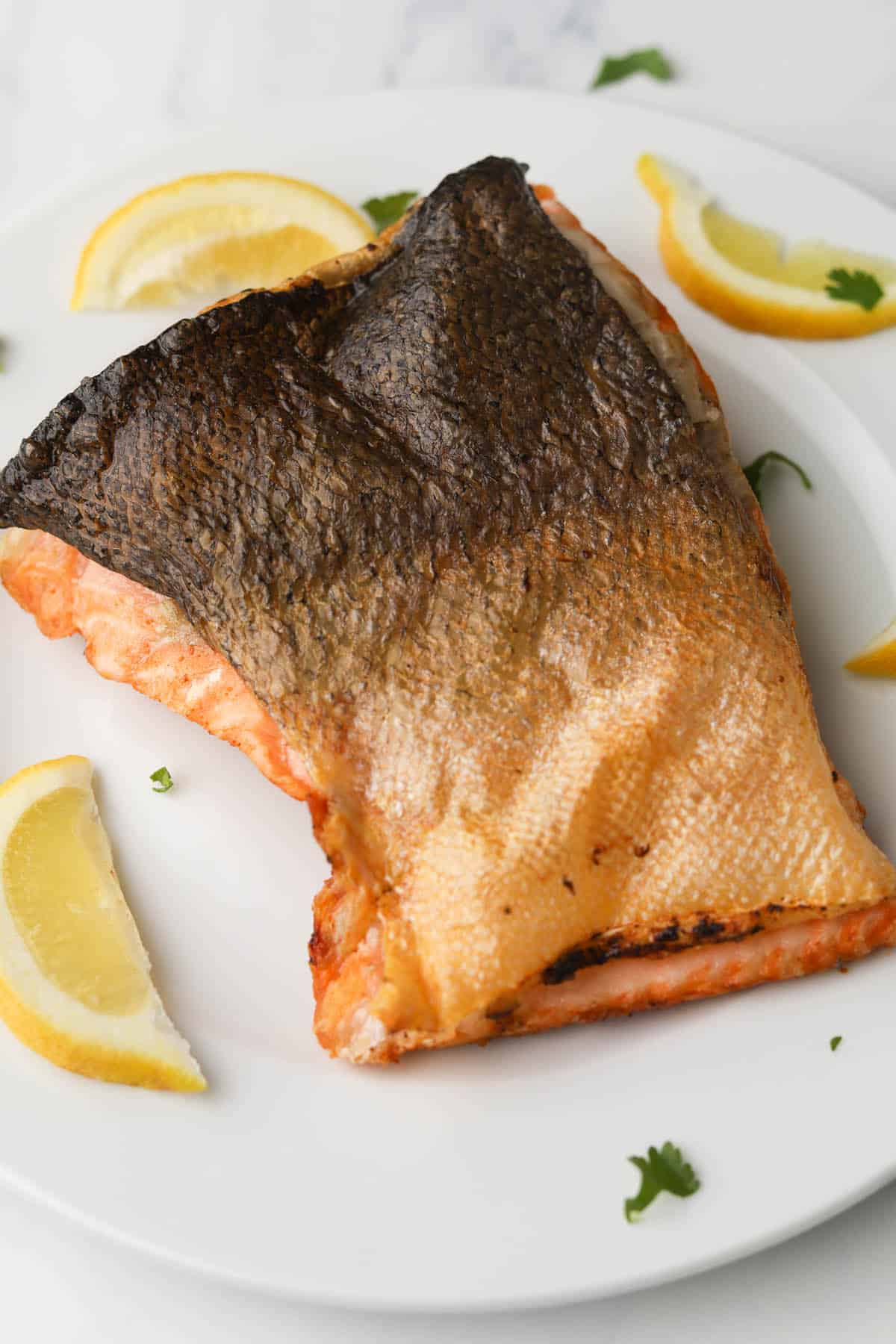
Basket Prep Mistakes That Sabotage Your Salmon
Placing salmon directly on a cold basket guarantees sticking and uneven cooking. Always preheat your air fryer for 2–3 minutes at 400°F first. This critical step creates an instant sear that lifts the skin cleanly after cooking. If you skip preheating, moisture pools under the fillet, steaming instead of crisping it. For sticky situations, brush just the skin side with 1 tsp olive oil—not the basket. Oil on the basket blocks airflow and causes smoke.
The Liner Trap Everyone Falls Into
Parchment or foil liners seem convenient, but oversized sheets touching the heating element create dangerous smoke and uneven heat. Cut liners ½ inch smaller than your basket diameter so edges stay clear. Better yet: skip liners entirely for skin-on salmon. The direct contact with the hot basket creates unbeatable crispiness. Reserve liners only for messy glazes or skinless fillets.
Overcrowding Kills Crispiness Instantly
Your instinct to cook multiple fillets at once destroys results. Never place salmon pieces closer than 1 inch apart. Crowding traps steam between fillets, leaving pale, soggy tops. If cooking for a family, run batches back-to-back—your first batch stays warm in a 200°F oven while the second cooks. For single servings, position the fillet in the basket’s center for optimal airflow.
Frozen Salmon Rescue Protocol (No Thawing Needed)
The 7-Minute Thaw Hack That Works Every Time
Forgot to defrost? Air-fry frozen salmon at 360°F for exactly 7 minutes before seasoning. This gentle heat melts ice crystals without cooking the exterior. Stop the timer when the surface turns translucent but the center remains frozen solid. Pat aggressively with paper towels—frozen fish releases more moisture—and proceed with oil and seasoning. Skipping this thaw step traps steam under the skin, causing rubbery texture.
Thickness Adjustments for Frozen Fillets
Frozen salmon cooks 1–2 minutes faster than fresh due to its denser structure. Reduce standard cook times by 15% for frozen fillets:
– 1-inch frozen fillet: 6 minutes at 400°F
– 1.5-inch frozen fillet: 7–8 minutes
– 2-inch frozen fillet: 8–10 minutes
Check for doneness at the earliest time. Insert an instant-read thermometer into the thickest part—it should read 130°F. Residual heat will carry it to 145°F while resting.
Glaze Application Secrets to Avoid Burnt Sugar

The 2-Minute Rule for Sticky Glazes
Honey, brown sugar, and teriyaki turn acrid if applied too early. Brush sugar-based glazes ONLY during the final 1–2 minutes of cooking. Set a timer alarm for this step—you’ll miss the window if distracted. For thicker glazes like honey-garlic (2 Tbsp honey + ¾ tsp garlic powder), thin with 1 tsp water first. This prevents pooling that burns before the salmon cooks through.
Flavor Variations That Never Fail
Skip bland seasoning with these tested combos. Always apply oil first so spices adhere:
– Crispy Lemon-Dill: 1 tsp dried dill + ½ tsp garlic powder + zest of 1 lemon (mix with oil before applying)
– Maple-Mustard: 1 Tbsp maple syrup + 1 Tbsp Dijon mustard + pinch of cayenne (add at 2-minute mark)
– Smoky Paprika: 1 tsp smoked paprika + ½ tsp onion powder + ¼ tsp cumin (rub under skin for depth)
Pro Tip: Dust skinless fillets with ½ tsp cornstarch per side before oiling. This creates a golden crust without skin.
Step-by-Step Cooking Without Guesswork
Skin-Side Down Placement Is Non-Negotiable
Always load salmon skin-side down—even for skinless fillets. Why? The basket’s direct heat crisps the bottom surface while circulating air cooks the top. Flipping disrupts delicate flakes. For skinless fillets, the initial sear creates a protective layer that holds shape. Position the thickest part toward the basket’s outer edge where heat concentrates.
Exact Cook Times for Zero Guessing
Set your timer based solely on thickness—not weight. Measure at the thickest point with a ruler:
– 1-inch fillets: 7 minutes at 400°F (medium-rare)
– 1.5-inch fillets: 8 minutes (medium)
– 2-inch fillets: 10 minutes (medium-well)
Critical Check: At 2 minutes before done, peek for opaque pink color spreading from edges toward center. If still translucent halfway through, add 1 minute. Overcooking by 60 seconds turns moist salmon dry.
The Resting Step That Saves Moisture
Yanking salmon straight from the basket guarantees dryness. Rest for 2 minutes on a warm plate before serving. This lets residual heat finish cooking the center while juices redistribute. Never tent with foil—it traps steam and softens the crisp skin. Squeeze fresh lemon juice after resting so acidity doesn’t “cook” the surface.
Troubleshooting Life-Saving Fixes
Fix Pale, Soggy Tops in 60 Seconds
If your salmon lacks golden edges after cooking, return it to the air fryer for 60 seconds at 400°F. This blast crisps the top without overcooking. Cause: Skipping preheat or overcrowding. Prevention: Always preheat and cook max 2 fillets per batch in a 5-qt basket.
Rescue Burnt Glaze Before Serving
Scorched honey spots? Scrape gently with a spoon and dab affected areas with a lemon-dampened paper towel. Prevention: Thin sticky glazes with water and apply in the final 90 seconds. For future batches, mix 1 tsp cornstarch into glazes—it prevents burning by slowing caramelization.
Stop Sticking Without Sacrificing Crispness
Salmon tearing when lifted? Slide a thin metal spatula under the skin immediately after cooking while the basket is still hot. The sear releases as it cools. Prevention: Brush oil only on skin (not basket) and ensure full 3-minute preheat. Never use cooking spray—it leaves a sticky residue that worsens sticking.
Leftover Magic: Transform Tonight’s Dinner
Refrigeration Rule for Juicier Reheating
Store leftovers uncovered in the fridge for 1 hour before sealing in an airtight container. This prevents condensation that makes skin soggy. Properly stored salmon stays moist for 3 days—flavor actually improves as spices meld overnight.
Reheat Without Drying Out
Air-fry at 300°F for 2 minutes max with 1 tsp water sprinkled over the fillet. The steam revives moisture while low heat prevents overcooking. Microwave reheating guarantees rubbery texture—never do it. For cold uses, flake salmon directly onto salads or avocado toast; the cool temperature preserves delicate flakes.
5-Minute Leftover Transformations
Turn scraps into gourmet meals:
1. Salmon Benedict: Replace Canadian bacon with flaked salmon on English muffins + poached eggs
2. Miso-Salmon Rice Bowl: Mix 1 tsp white miso paste with 2 Tbsp warm water, drizzle over salmon and rice
3. Salmon Gravlax: Cure leftover pieces in 1 Tbsp sugar + 1 Tbsp salt + dill for 24 hours (thinly slice for bagels)
Mastering how to cook salmon in air fryer means never wasting expensive fish again. With these precise timing rules and moisture-saving techniques, you’ll serve golden-edged fillets that rival $30 restaurant dishes—in 10 minutes flat. Tonight, skip the takeout menu. Load your air fryer, set the timer, and enjoy perfect salmon while your sides finish. The only thing better than the first bite? Knowing you’ll nail it every single time.

